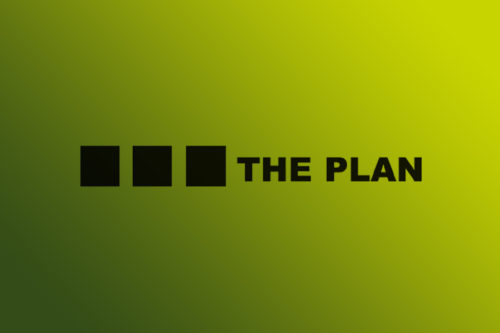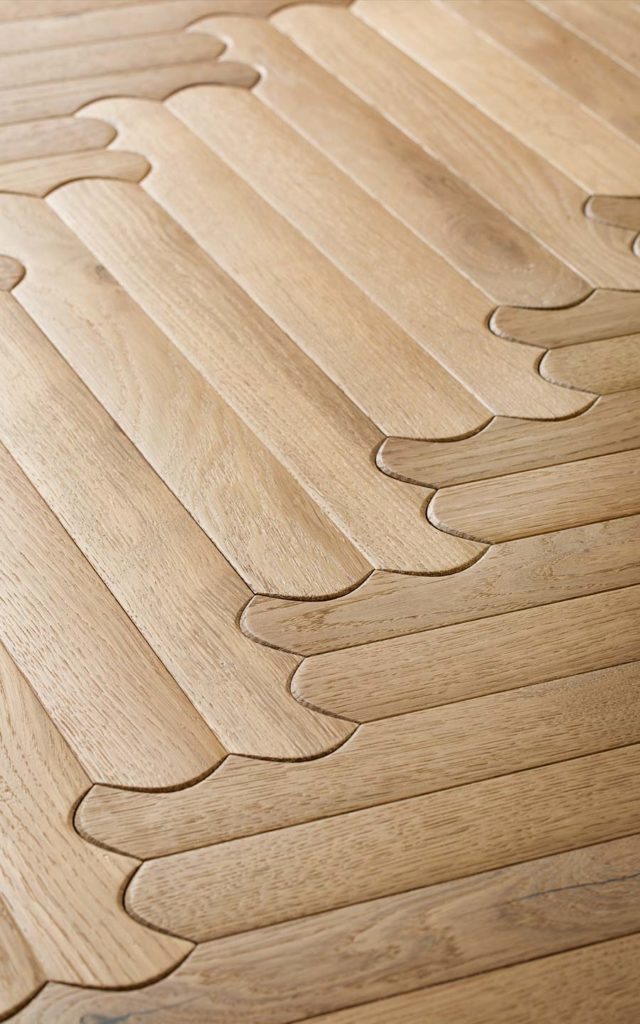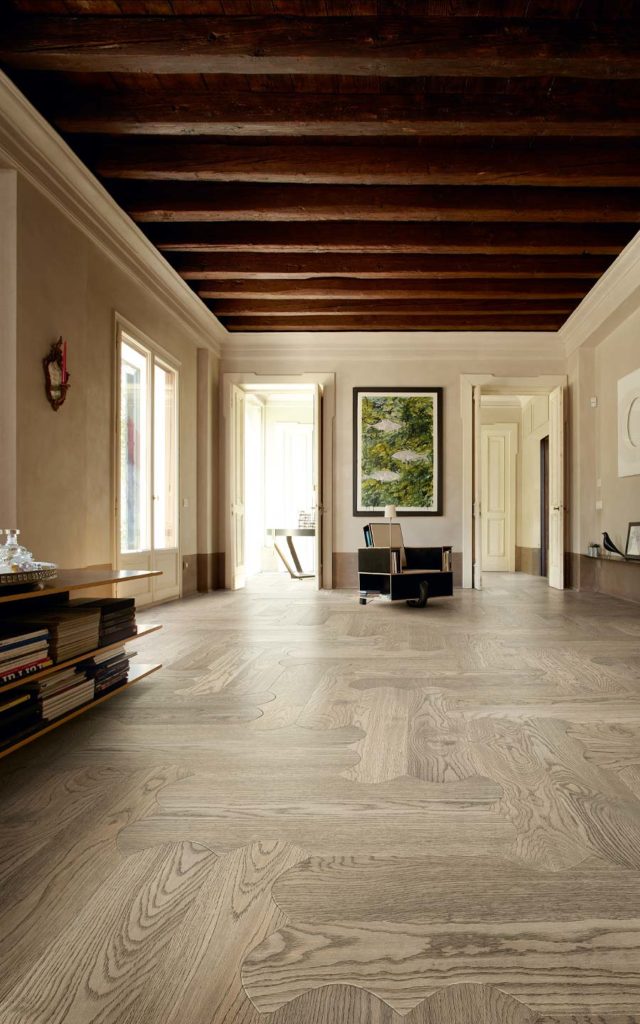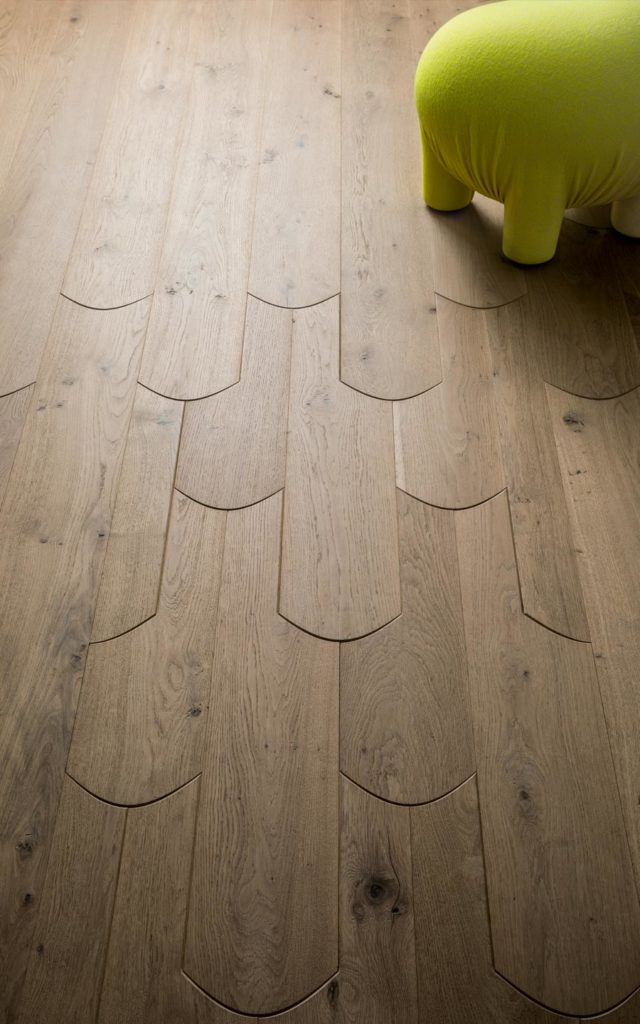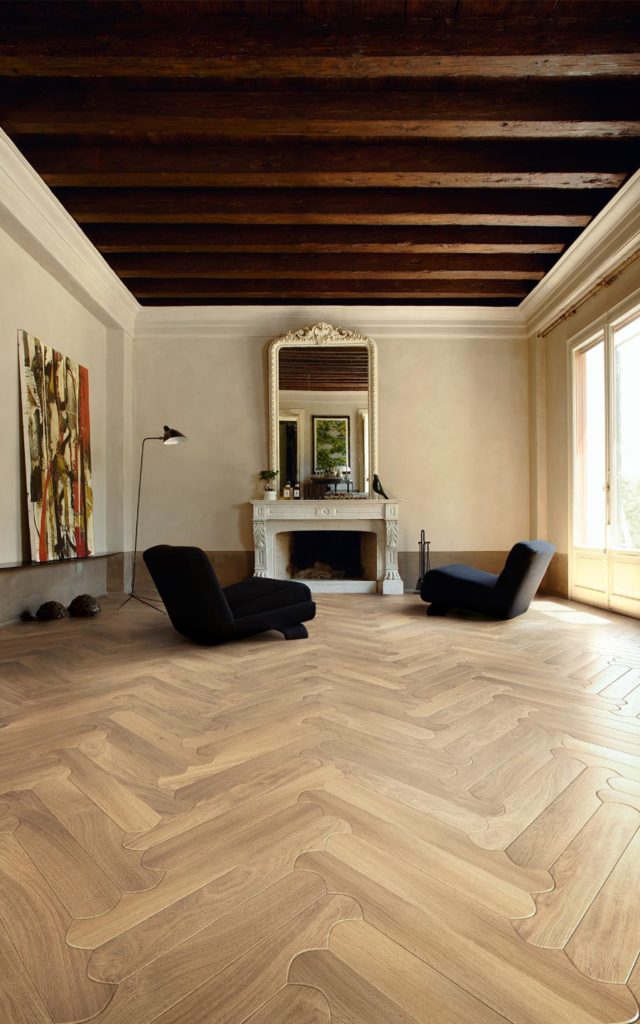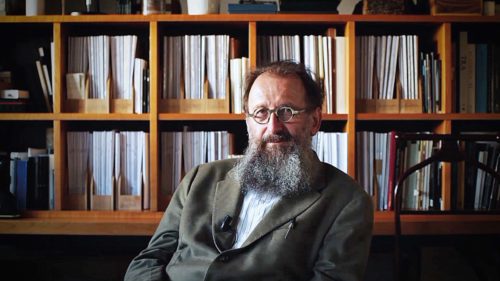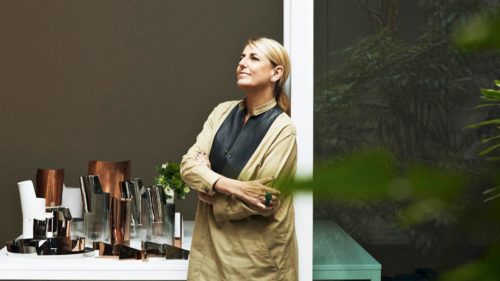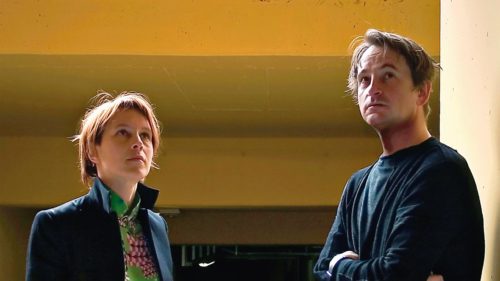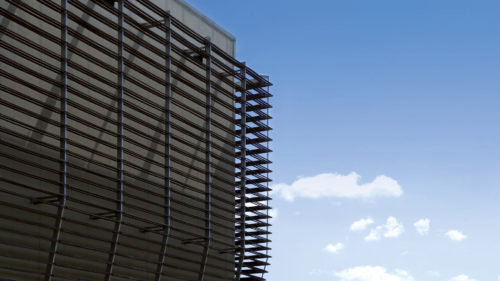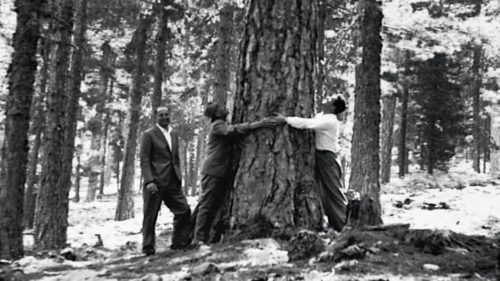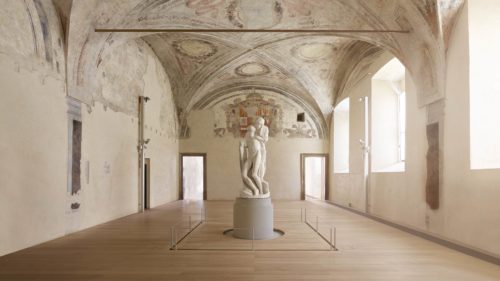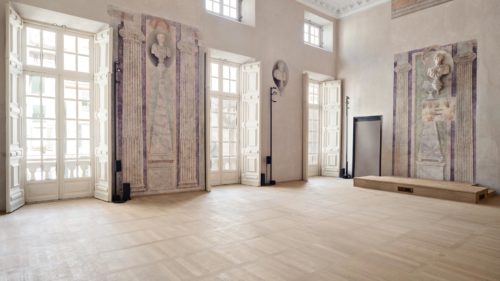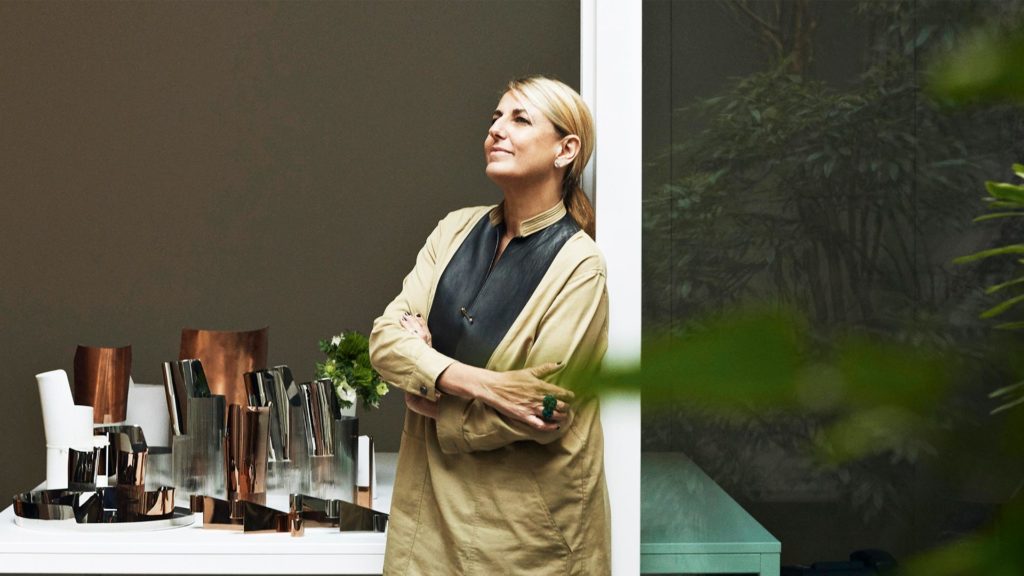
Patricia Urquiola, architect and designer, was born in Oviedo (Spain) in 1961. She lives and works in Milan, where she opened her own studio in 2001, working as product designer, interior designer and architect. She works with and for the most important Italian and international companies; some of her products are exhibited in various museums and collections.
What you do spans the entire gamut from architecture to design, offering a potent example of creativity. Playing and experimentation are two sides of the same coin, making it possible to open up the mind in how it perceives reality. How did you develop this approach?
Patricia Urquiola – A good designer is a good reader and translator of society. In recent years, everything has become that little bit bigger, that little bit faster, more complex and diversified, but the process is still the same. What I learned from my teachers has been of great help to me. That, and the belief that the solution is merely the end of a process. The hard part is staying honest, knowing when to press on and when to stop. It would be possible to keep working on a project forever, improving it until the last second, but you have to comply with the timeframe for getting it out onto the market.
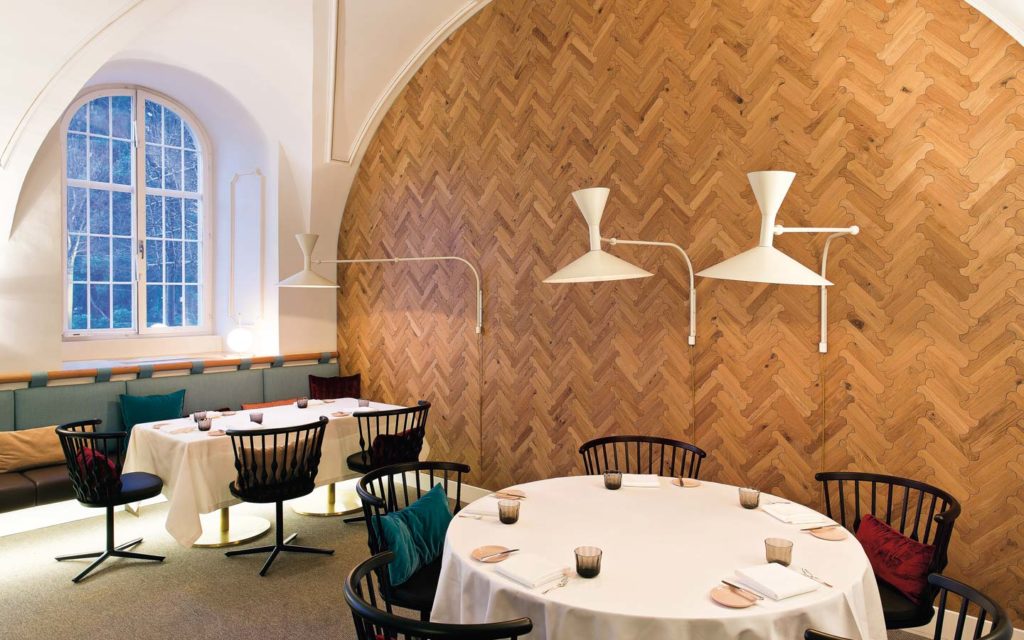
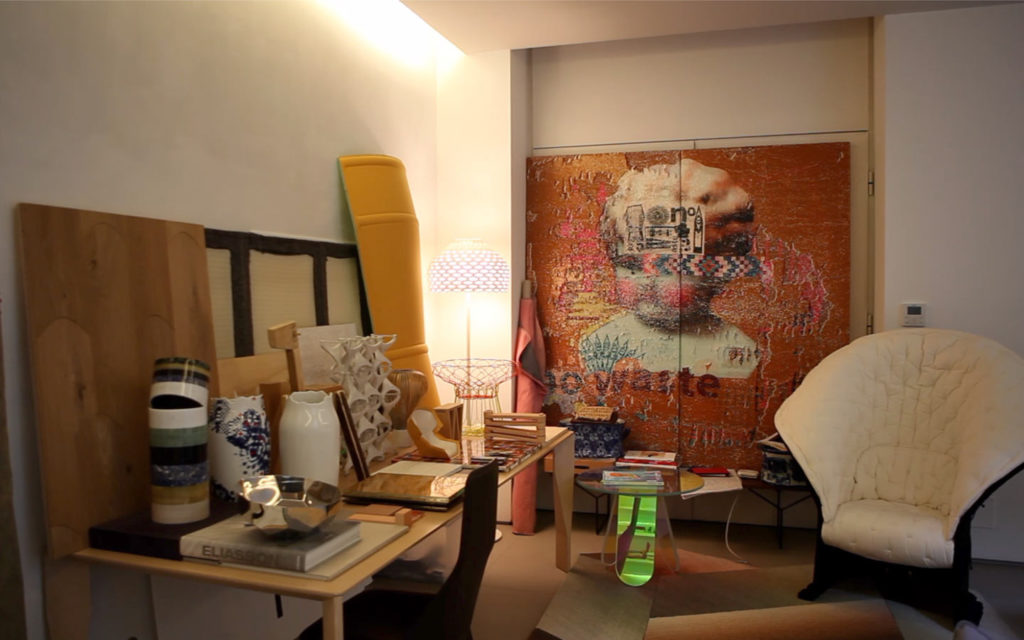
One hallmark of your work is your synthesis of rigor and creativity: freedom comes out of decodifying not rules but precise “metrics” that cadence rhythms and act as yardsticks for assessing the project you are working on. Could you tell us more about this concept?
PU – The work of every creative begins with identifying the logic that underlies the project. Here, empathy is, for me, the baseline concept. Only if my ideas on how to develop a given project are considered interesting by the person I am dealing with do I know I am on the right track. The clients I work with know this. They understand its value.
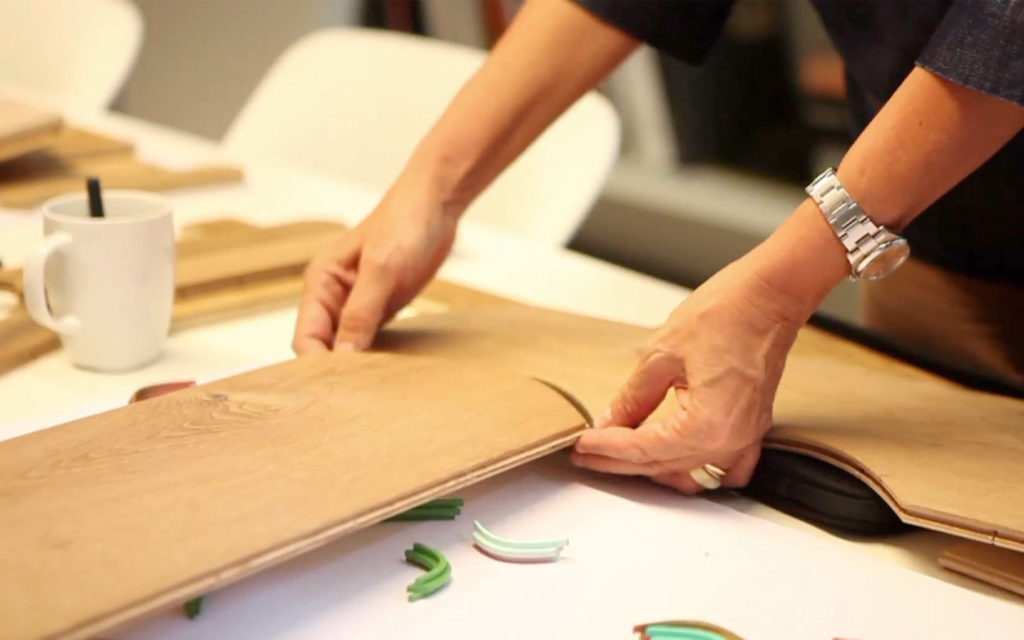
In your vision, and based on your experience, what relationship would you say exists between form, function and material? When it comes to wood, what are the most appealing aspects of this material for creating objects and living spaces?
PU – For me, experimentation is at the heart of every new project. Different types of experimentation that move in different directions. Wood is a warm material that lends itself to a variety of uses, both in design and interior projects. For example, three years ago we launched a parquet collection with Listone Giordano. There has been a little of everything in the parquet business, but for years nobody had sat down to think about an alternative to the wide, matte wooden strips the market was demanding. Into this world comes Biscuit, a rounded fishtail strip fitted like a puzzle, with highly-crafted finishes. We had to make special templates and cuts to create this parquet, and a new digitally-controlled planning run.

Biscuit 02 – design: Patricia Urquiola – Natural Genius 
Biscuit 02 – design: Patricia Urquiola – Natural Genius 
Biscuit 05 Large – design: Patricia Urquiola – Natural Genius 
Biscuit 02 – design: Patricia Urquiola – Natural Genius
Re-thinking traditional wood floor, where rounded, bevelled and curved boards along with a slight “bombé” effect of the surface create a new language. The smooth cut of the boards allows to play with new designs and compositions, which although similar to the classic patterns of ancient wood floors, give life to modern and original herringbone, diagonal or full lenghts geometries.
Biscuit is a project that is developed around the concept of softness and is characterized by a free composition of lines and shapes.
Patricia Urquiola
